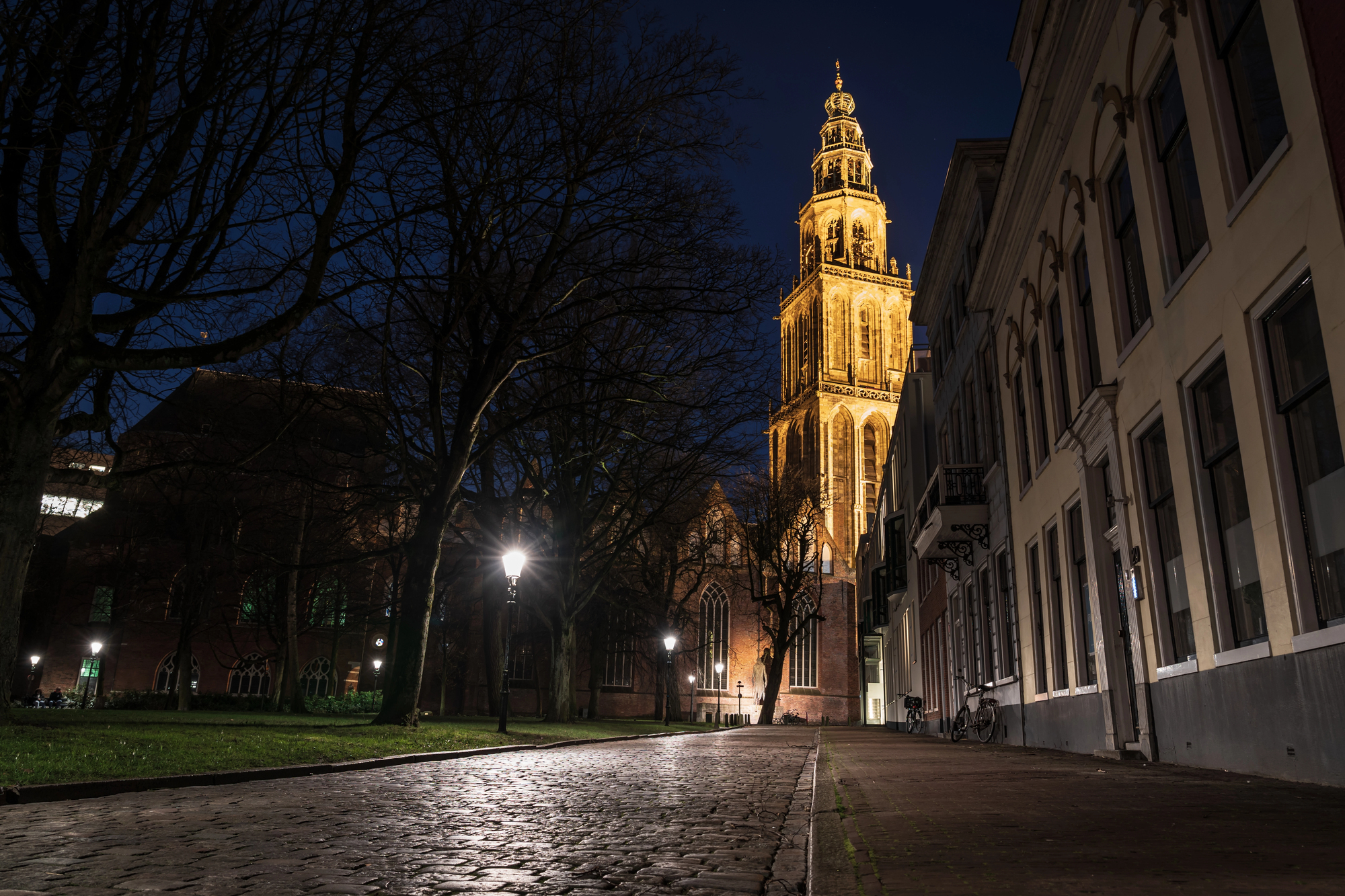Councils review park safety after murder of girl on cycle path

Several municipalities have stepped up measures to make parks and bike paths safer at night in the wake of the murder of a 17-year-old girl who was attacked as she cycled home from Amsterdam.
A survey by Nieuwsuur found that several councils had responded by installing security cameras, putting more wardens on patrol or cutting back hedges since Lisa was killed on August 20.
Others have carried out surveys of street lighting in consultation with local women or revised their policies on domestic violence and public intimidation.
Ouder-Amstel placed extra cameras along Holterbergweg, where Lisa’s body was found after she was stabbed to death, had bushes trimmed and assigned extra enforcement officers to monitor the route.
The man accused of killing her, a 22-year-old asylum seeker who is believed to have been living at a nearby accommodation facility, is due to appear in court on Tuesday.
Amsterdam announced a €6 million package of measures in September aimed at improving women’s safety, including setting up a dedicated police team to deal with complaints of violence against women and training to recognise signs of femicide.
More than lighting
Rotterdam carried out a survey of dark areas, paying attention to women’s perspectives on safety to see where improvements need to be made.
Wieke van de Haterd, who was appointed to oversee public safety in the city’s southern district of IJsselmonde, told NOS: “When we look at places together with women, we hear things like lighting alone isn’t enough.
“The feeling of being unsafe comes from thick foliage or the fact that nobody is visible along the route. We look at social safety as well: where can you turn to if something’s not right?”
The Hague has set up an online portal where people can flag up unsafe areas, while Hilversum received 150 responses after asking residents to pinpoint spots that were “not OK”.
Nieuwegein is carrying out a survey of its existing street lighting, while Waterland, in Noord-Holland province, is experimenting with an app that allows residents to decide when the lights are switched on.
Van de Haterd said the discussions had made the council more aware of safety concerns. “We didn’t have lighting in a dark park where bats live,” she said. “After talking to women who have to walk home through the park after night shifts, we’ve decided to install street lights after all.”
Thank you for donating to DutchNews.nl.
We could not provide the Dutch News service, and keep it free of charge, without the generous support of our readers. Your donations allow us to report on issues you tell us matter, and provide you with a summary of the most important Dutch news each day.
Make a donation